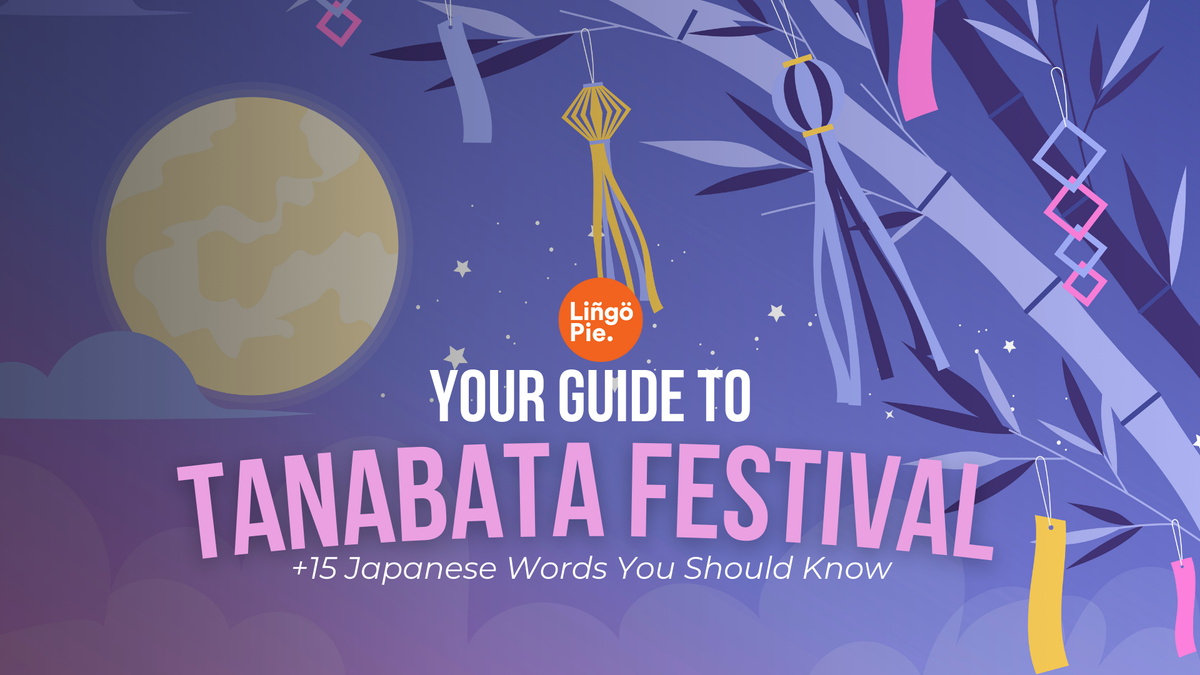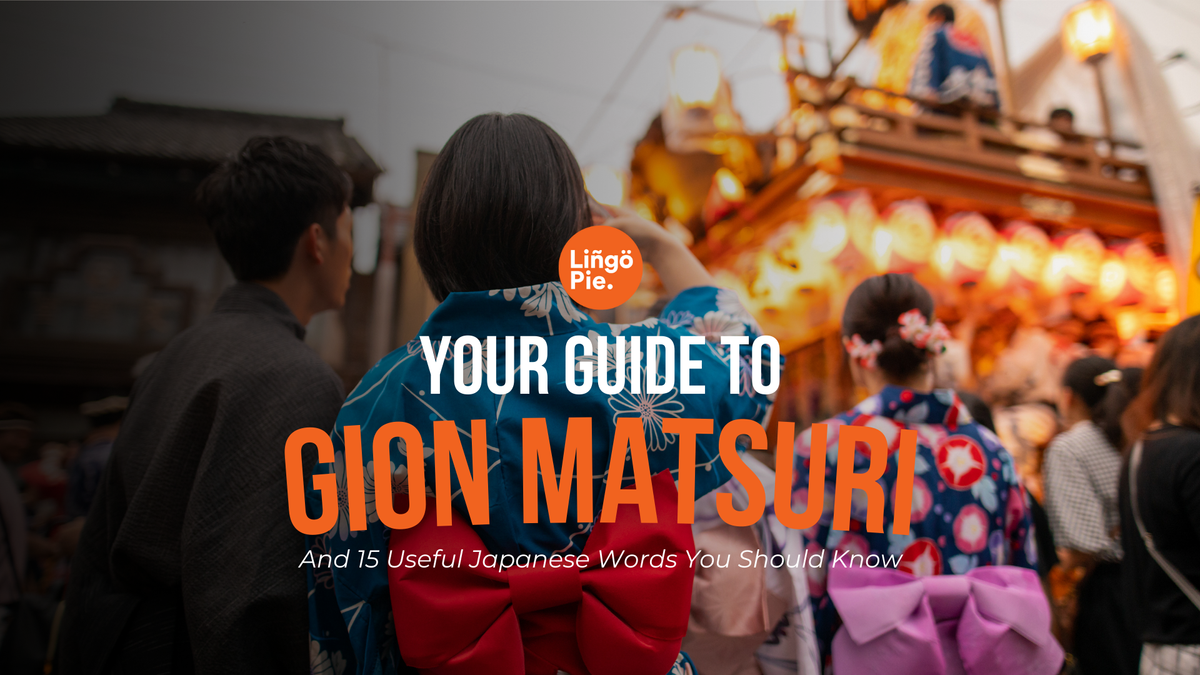Imagine a magical festival dedicated to a legendary love tale of star-crossed lovers. The streets are bursting with vibrant decorations, lively parades, and delicious food. During this festival, people write their wishes on colorful paper strips and hang them on bamboo branches, hoping for their dreams to come true.
Yes, I'm talking about the Tanabata Festival in Japan! It is a must-see event that captures the heart and spirit of Japanese culture. So, read this guide to learn everything about the Tanabata Festival and how to enjoy it!

What Is The Tanabata Festival?
The Tanabata Festival, or Star Festival, is one of Japan's most magical and beloved celebrations. Held every year on July 7th, it brings to life the romantic legend of star-crossed lovers Orihime and Hikoboshi.
The History Of The Tanabata Festival
The Tanabata Festival traces its roots to the ancient Chinese tale of Orihime and Hikoboshi, two star-crossed lovers. Orihime, a weaving princess, and Hikoboshi, a cowherd, fell deeply in love but were separated by the Milky Way, only allowed to meet once a year on the seventh day of the seventh month. This touching story forms the heart of the festival, symbolizing the enduring power of love and the hope for a reunion.
Tanabata was introduced to Japan during the Nara period (710-794 AD) as part of Chinese Qixi Festival customs. Over time, it blended with Japanese traditions, particularly Obon, a Buddhist festival honoring ancestors. This fusion created a unique celebration that highlights both cultural influences.
Evolution of the Festival in Japan
The festival evolved significantly since its introduction, becoming a distinctive part of Japanese culture. Initially a court festival, it gradually spread to common people and incorporated local customs.
- Nara Period (710-794 AD): Introduction of Tanabata from China.
- Heian Period (794-1185 AD): Tanabata becomes popular among the aristocracy.
- Edo Period (1603-1868 AD): Festival customs spread to the general populace.
- Modern Era: Tanabata becomes a nationwide celebration with various regional variations.
Regional Variations of the Tanabata Festival
Sendai Tanabata Matsuri: Known for its elaborate and colorful paper decorations, this festival in Miyagi Prefecture is one of Japan's largest and most famous Tanabata celebrations.
Shonan Hiratsuka Tanabata Festival: Held in Kanagawa Prefecture, this festival features massive bamboo displays and a lively atmosphere with parades and performances.
Local Variations: Many towns and cities have their own unique Tanabata traditions, each adding a local flavor to the celebration, from traditional dances to specific types of decorations and food.
What Are The Traditions Of The Tanabata Festival?
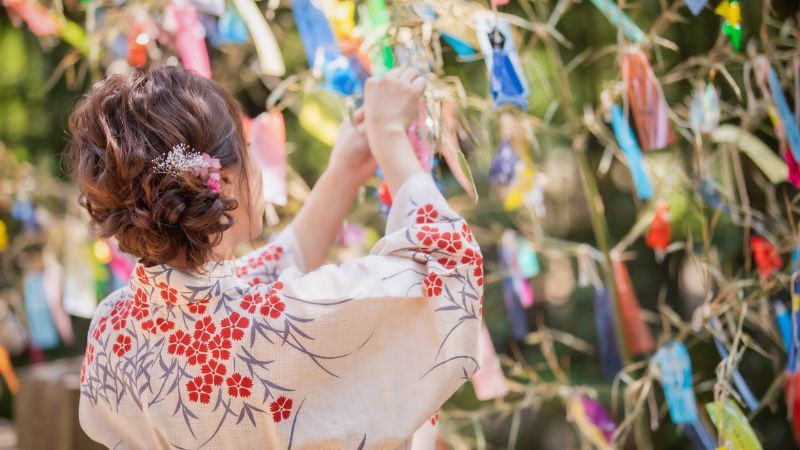
1. Writing Wishes on Tanzaku (Colorful Strips of Paper)
One of the most beloved customs of Tanabata is writing wishes on tanzaku, colorful strips of paper. People inscribe their hopes and dreams, ranging from personal aspirations to prayers for health and happiness.
Wishes are written using a brush and ink, reflecting traditional calligraphy practices. The act of writing a wish is seen as a way to focus on one’s desires and send them to the heavens, hoping they will be granted.
Common Wishes and Their Meanings:
- Academic success for students.
- Prosperity and good health for families.
- Success in love and relationships.
- Fulfillment of personal goals and ambitions.
2. Decorating Bamboo Branches with Tanzaku and Other Ornaments
Decorating bamboo branches is a central part of Tanabata festivities. These branches, adorned with tanzaku and various ornaments, are placed outside homes, schools, and public spaces.
The decorations represent different prayers and wishes, each carrying its own meaning. For example, bamboo is chosen for its straight growth and resilience, symbolizing strength and flexibility.
Types of Ornaments and Their Meanings:
- Origami Cranes: Prayers for health and long life.
- Paper Lanterns: Light and guidance.
- Streamers: Represent the weaving threads of Orihime, symbolizing her work as a weaver.
- Paper Nets: Symbolize good fishing harvests and good luck in business.
- Purse-shaped Ornaments: Prayers for wealth and prosperity.
3. Traditional Tanabata Songs and Dances
Music and dance play an integral role in the Tanabata celebrations, adding to the festive atmosphere.
- Tanabata Ondo: A traditional dance performed at many Tanabata festivals. Participants dance in a circle, wearing yukatas (summer kimonos), creating a sense of community and shared joy.
- Children's Songs: Often, children sing specific Tanabata songs that recount the legend of Orihime and Hikoboshi, helping to pass down the story and traditions to younger generations.
Read Also:

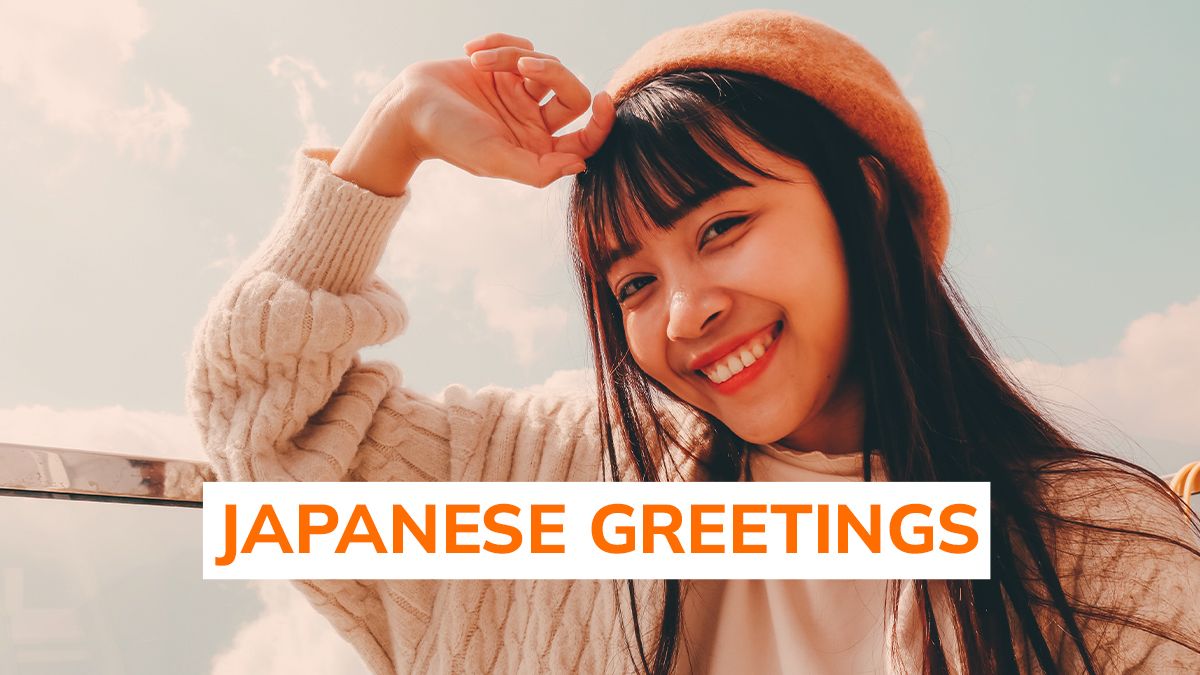
Where Do Major Tanabata Festivals Take Place In Japan?

1. Sendai Tanabata Matsuri
Sendai Tanabata Matsuri, held in Sendai City, Miyagi Prefecture, is the largest and most famous Tanabata celebration in Japan. Its origins trace back to the early 17th century when Date Masamune, the regional ruler, encouraged the festival to promote traditional Japanese crafts and culture.
Key Highlights and Attractions:
- Elaborate Decorations: The festival is renowned for its stunning, giant paper decorations that hang from bamboo poles. These decorations often feature intricate designs and are created by local artisans.
- Fireworks Display: The festival kicks off with a grand fireworks show on August 5th, lighting up the night sky over Sendai.
- Cultural Performances: Traditional music, dance performances, and parades fill the streets, offering a vibrant atmosphere for visitors.
2. Shonan Hiratsuka Tanabata Festival
Key Highlights and Attractions:
- Massive Bamboo Displays: Hiratsuka’s Tanabata Festival, held in Kanagawa Prefecture, is famous for its towering bamboo decorations adorned with tanzaku and paper crafts.
- Parades and Performances: The streets come alive with parades, featuring floats, dancers, and musicians, creating a lively and festive environment.
- Food Stalls and Markets: A wide array of food stalls offers local delicacies and festival treats, allowing visitors to enjoy the flavors of Tanabata.
3. Kyoto Tanabata Festival:
Held in August, Kyoto’s Tanabata celebration features illuminated bamboo displays along the Kamo River and the Horikawa River. The festival also includes traditional music performances and tea ceremonies, blending Kyoto’s historic charm with Tanabata traditions.
4. Asagaya Tanabata Festival in Tokyo
Asagaya, a neighborhood in Tokyo, hosts a unique Tanabata celebration with colorful, handmade paper decorations that line the shopping streets. The festival atmosphere is enhanced by local music performances and street food vendors.
5. Other Local Variations
Many towns and cities across Japan celebrate Tanabata in their own unique ways, incorporating local customs and traditions. These smaller, local festivals offer a more intimate and community-focused experience.
When Is The Best Time To Visit?
The best time to visit the Tanabata Festival varies, as it is traditionally celebrated on July 7th. However, many regions, such as Sendai and Hiratsuka, hold their main events in early August to align with school holidays and summer vacations. This regional span means that different areas in Japan celebrate Tanabata on different dates, typically between July and August, providing visitors the opportunity to experience multiple festivals if they wish.
What To Expect At The Tanabata Festival?
At the Tanabata Festival, visitors can expect a full day of activities and entertainment. During the daytime, the streets come alive with colorful decorations, and festival-goers can participate in traditional wish-writing activities. As evening approaches, the excitement builds with parades, traditional music, dance performances, and various cultural exhibitions. The nighttime brings the festival to its peak with spectacular fireworks displays and illuminated decorations, creating a magical atmosphere.
The main attractions of the Tanabata Festival include vibrant parades, which feature traditional costumes, music, and dance, providing a lively and festive ambiance. Fireworks are a major highlight, with large-scale displays that light up the night sky and mark the climax of the celebrations. Additionally, the festival boasts a wide array of food stalls offering local delicacies, street food, and festival treats such as takoyaki (octopus balls), yakitori (grilled chicken skewers), and kakigori (shaved ice), ensuring a delightful culinary experience for all visitors.
How To Get The Most Out Of The Tanabata Festival?
Participate in Wish-Writing and Decorations
Visitors to the Tanabata Festival can immerse themselves in the tradition of wish-writing by creating their own tanzaku (colorful paper strips). Many festival venues provide designated areas where participants can write their wishes, using brushes and ink to inscribe their hopes and dreams. After writing their wishes, visitors can then hang their tanzaku on bamboo branches adorned with other colorful decorations, contributing to the festive ambiance.
Explore Traditional Crafts and Performances
The Tanabata Festival offers opportunities for visitors to explore and appreciate traditional Japanese crafts and performances. Throughout the festival grounds, there are often workshops and live demonstrations where artisans showcase their skills in origami, paper crafts, and weaving. Visitors can observe these artisans at work, learn about the techniques involved, and even try their hand at creating their own traditional crafts under expert guidance.
Taste Local Cuisine
One of the highlights of any Japanese festival is the diverse array of local cuisine available at food stalls and vendors scattered throughout the festival area. Visitors can indulge in a variety of must-try foods, including:
- Takoyaki: Savory octopus balls topped with takoyaki sauce, mayonnaise, and bonito flakes.
- Yakitori: Grilled skewers of tender chicken, seasoned with salt or a sweet soy-based sauce.
- Kakigori: Refreshing shaved ice dessert flavored with syrup, often topped with condensed milk or sweetened azuki beans.
Tips For Foreign Visitors
- Plan Ahead: Book accommodation and transportation well in advance, as Tanabata festivals attract large crowds.
- Respect Traditions: Participate respectfully in wish-writing and other traditional activities.
- Mind Personal Space: Japanese festivals can be crowded; be mindful of personal space and avoid pushing.
- Proper Disposal of Waste: Dispose of trash properly in designated bins. Many festivals emphasize cleanliness.
- Weather: Summer in Japan can be hot and humid. Wear light, breathable clothing, and use sun protection like hats and sunscreen.
- Stay Hydrated: Carry a water bottle and drink regularly to avoid dehydration.
- Comfortable Footwear: Festivals often involve a lot of walking, so wear comfortable shoes.
- Crowds: Be prepared for large crowds, especially during peak times. Arrive early to secure good viewing spots for parades and fireworks.
Read Also:
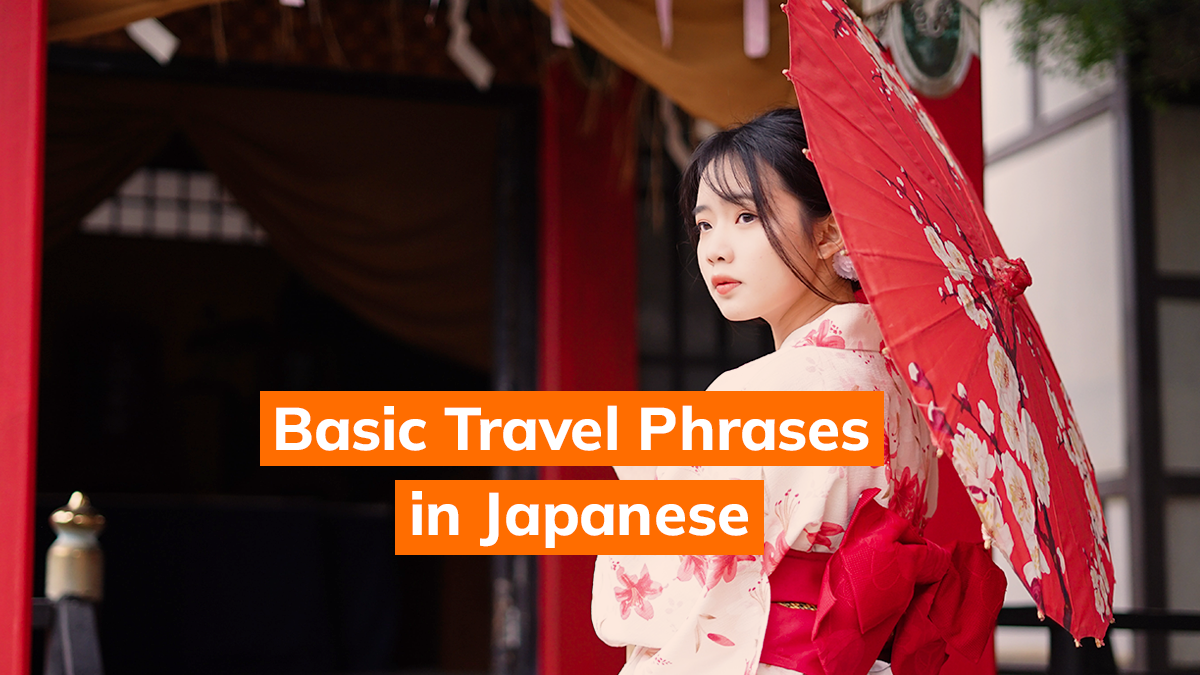
Useful Japanese Vocabulary For Tanabata Festival
1. Tanabata (七夕) - The Tanabata Festival itself, also known as the Star Festival.
2. Orihime (織姫) - The Weaver Princess, one of the mythical figures celebrated during Tanabata.
3. Hikoboshi (彦星) - The Cowherd, the other mythical figure in the Tanabata legend.
4. Tanzaku (短冊) - Colorful strips of paper on which wishes are written during Tanabata.
5. Bamboo (竹) - Bamboo branches are traditionally decorated during Tanabata.
6. Sasa (笹) - Another word for bamboo, specifically referring to smaller bamboo leaves used in decorations.
7. Kinchaku (巾着) - Small purse-shaped ornaments often hung alongside tanzaku on bamboo branches.
8. Kusudama (薬玉) - Traditional Japanese paper ornaments, often in the shape of flowers, used for decoration during Tanabata.
9. Ondo (音頭) - Traditional Japanese dance and song performed during festivals, including Tanabata.
10. Nebuta (ねぶた) - Elaborate paper lantern floats often seen in festivals like Aomori Nebuta Matsuri, which shares some cultural elements with Tanabata.
11. Hanabi (花火) - Fireworks, which are a highlight of many Tanabata festivals.
12. Yukata (浴衣) - Lightweight summer kimono worn by participants at festivals like Tanabata.
13. Matsuri (祭り) - Japanese word for festival, encompassing events like Tanabata.
14. Uchiwa (団扇) - Traditional Japanese fan often used during festivals to cool off or as a decorative item.
15. Yatai (屋台) - Food stalls or food vendors at festivals, where visitors can enjoy local delicacies.
Final Words
In conclusion, the Tanabata Festival in Japan is a magical celebration steeped in myth and tradition. From writing wishes on colorful strips of paper to enjoying vibrant parades and dazzling fireworks, visitors immerse themselves in the rich cultural heritage of Orihime and Hikoboshi's love story. It's a must-see event for anyone seeking to explore Japan's enchanting traditions and festive atmosphere.
Frequently Asked Questions
1. What is the Tanabata festival about?
The Tanabata festival celebrates the romantic legend of Orihime, the Weaver Princess, and Hikoboshi, the Cowherd Star. According to the myth, they are separated by the Milky Way and allowed to meet only once a year on the seventh day of the seventh lunar month.
2. What does Tanabata celebrate?
Tanabata celebrates the meeting of Orihime and Hikoboshi, symbolizing love, hope, and the reunification of loved ones. It's a time when people write their wishes on colorful paper strips (tanzaku) and hang them on bamboo branches, believing their wishes will come true.
3. Is Tanabata always on July 7?
Traditionally, Tanabata is celebrated on July 7th according to the lunar calendar. However, different regions in Japan may hold their festivals on various dates between July and August to accommodate local traditions and schedules.
4. What to do on Tanabata day?
On Tanabata day, people participate in various activities such as writing wishes on tanzaku, decorating bamboo branches with colorful ornaments, and enjoying festive parades and fireworks displays. It's also a time to appreciate traditional music and dances that celebrate the legend of Orihime and Hikoboshi.
Learn Real Japanese Through TV Shows With Lingopie!
Ready to learn Japanese in a fun and relaxed way? Lingopie's got you covered! Dive into a world of Japanese TV shows, movies, and anime, handpicked to help you learn the language naturally.
With Lingopie's easy-to-use platform, you can enjoy your favorite entertainment while picking up new words and phrases. Whether you're into dramas like "Terrace House," classic films like "Spirited Away," or popular anime series like "My Hero Academia," Lingopie has something for everyone. Start learning Japanese today with Lingopie and have fun while doing it!
Download Lingopie from the App Store or Play Store now and get a FREE 7-day trial!


